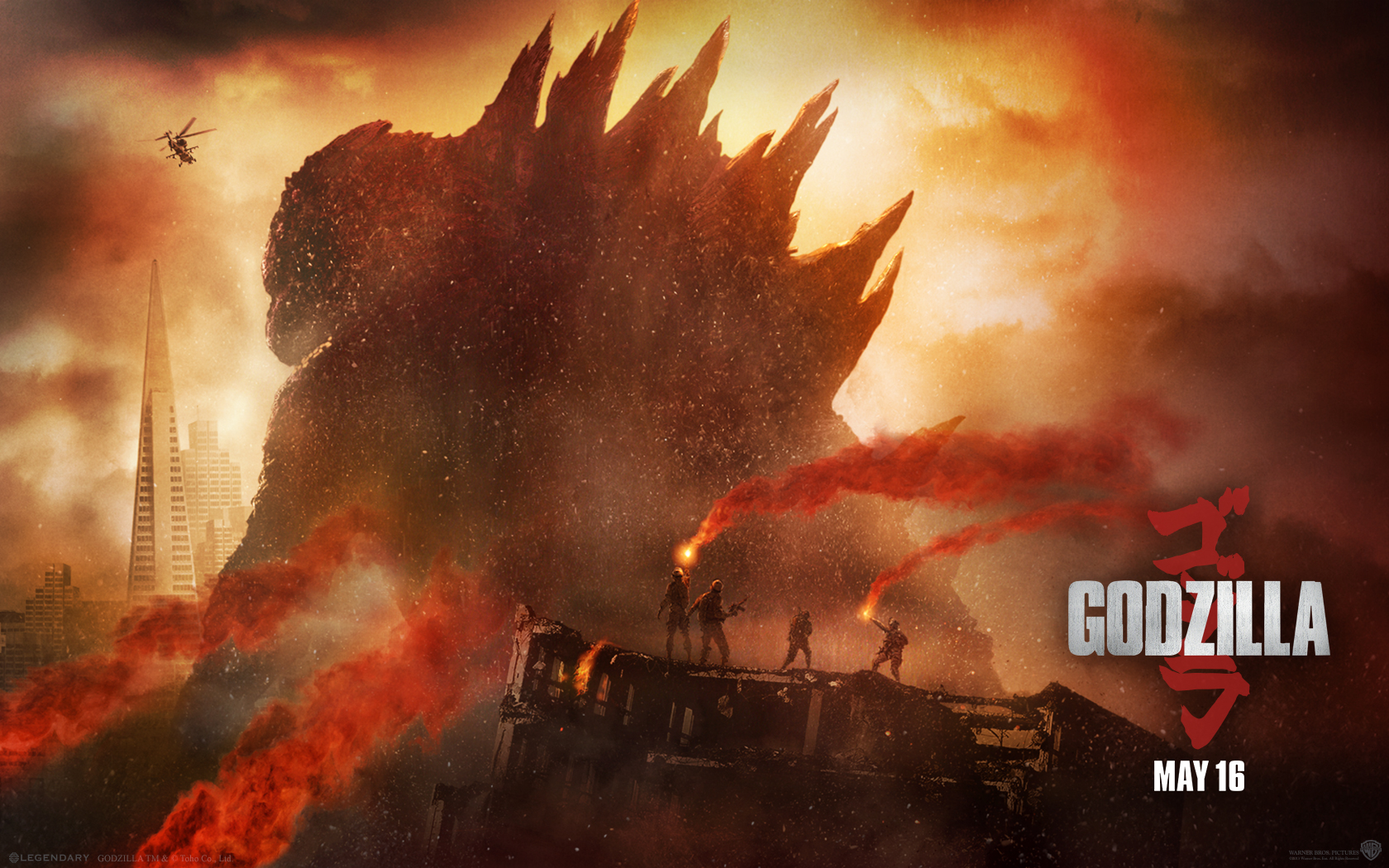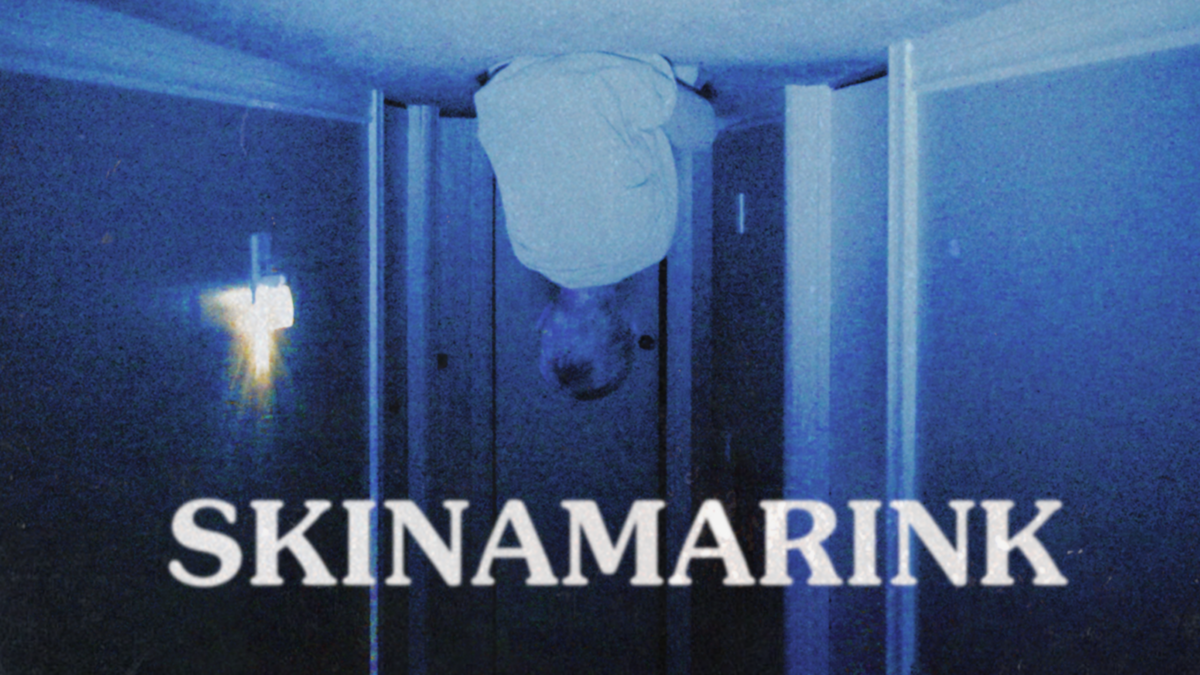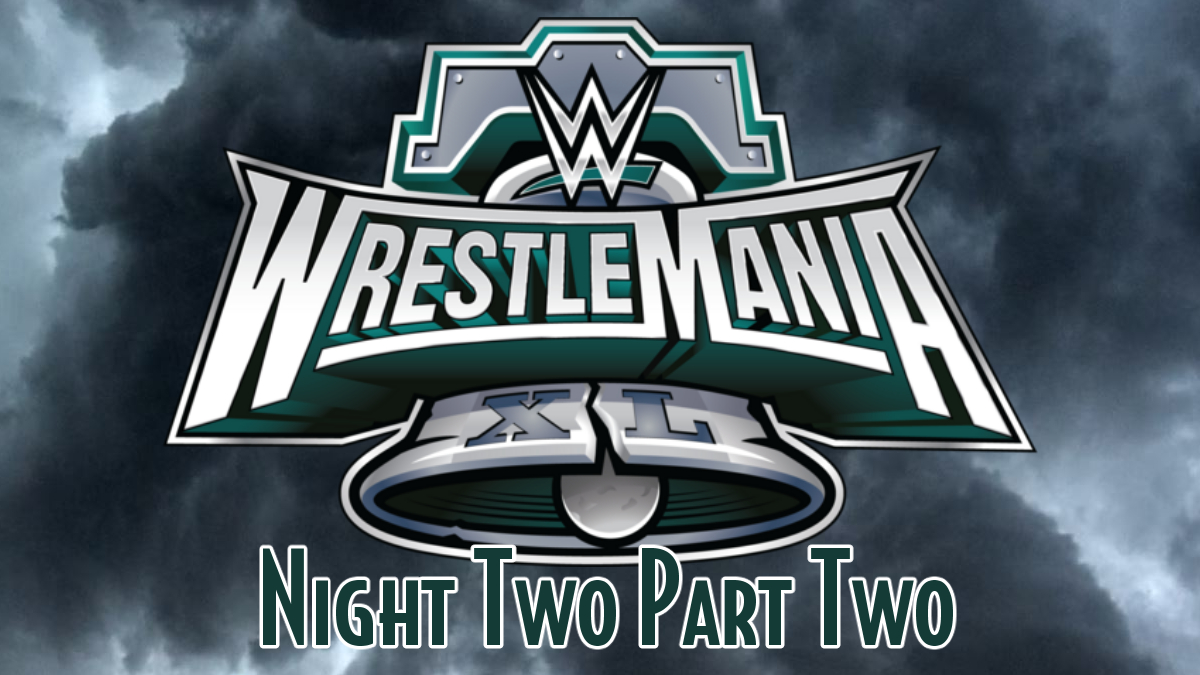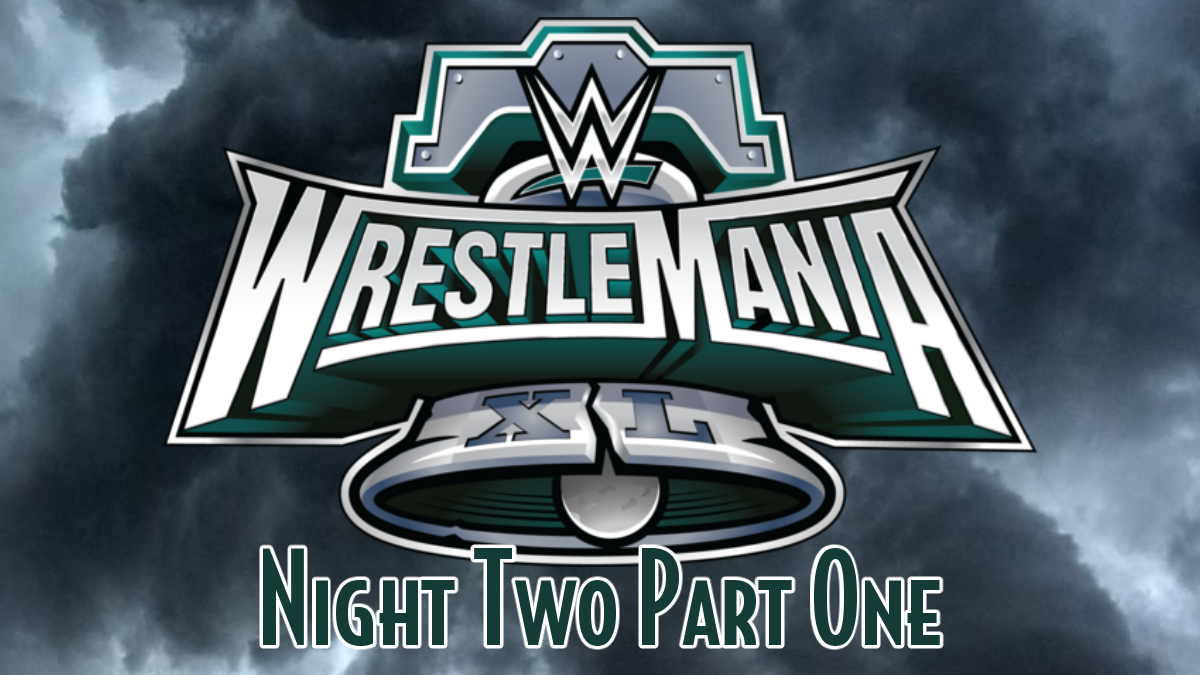Godzilla. Everyone knows him. The giant gorilla whale has stomped his way through countless Japanese and American cities in the last 70 years, with his latest outing in Godzilla: Minus One about to end its 2 month long theatrical run with an Academy Nomination for Best Visual Effects to boot. But for American audiences, Godzilla has had a few hits and misses.
Case in point, this year marks the ten-year anniversary of Godzilla (2014), the inaugural film in Legendary Productions and Warner Bros. Discovery’s “MonsterVerse” franchise. Despite the quick turn into summer action blockbuster with its spin-offs and sequels, Godzilla (2014) has the distinct success of being called the “good” American Godzilla film. But is that term earned? Honestly, compared to what we had before? Yes.
The History of Godzilla in America
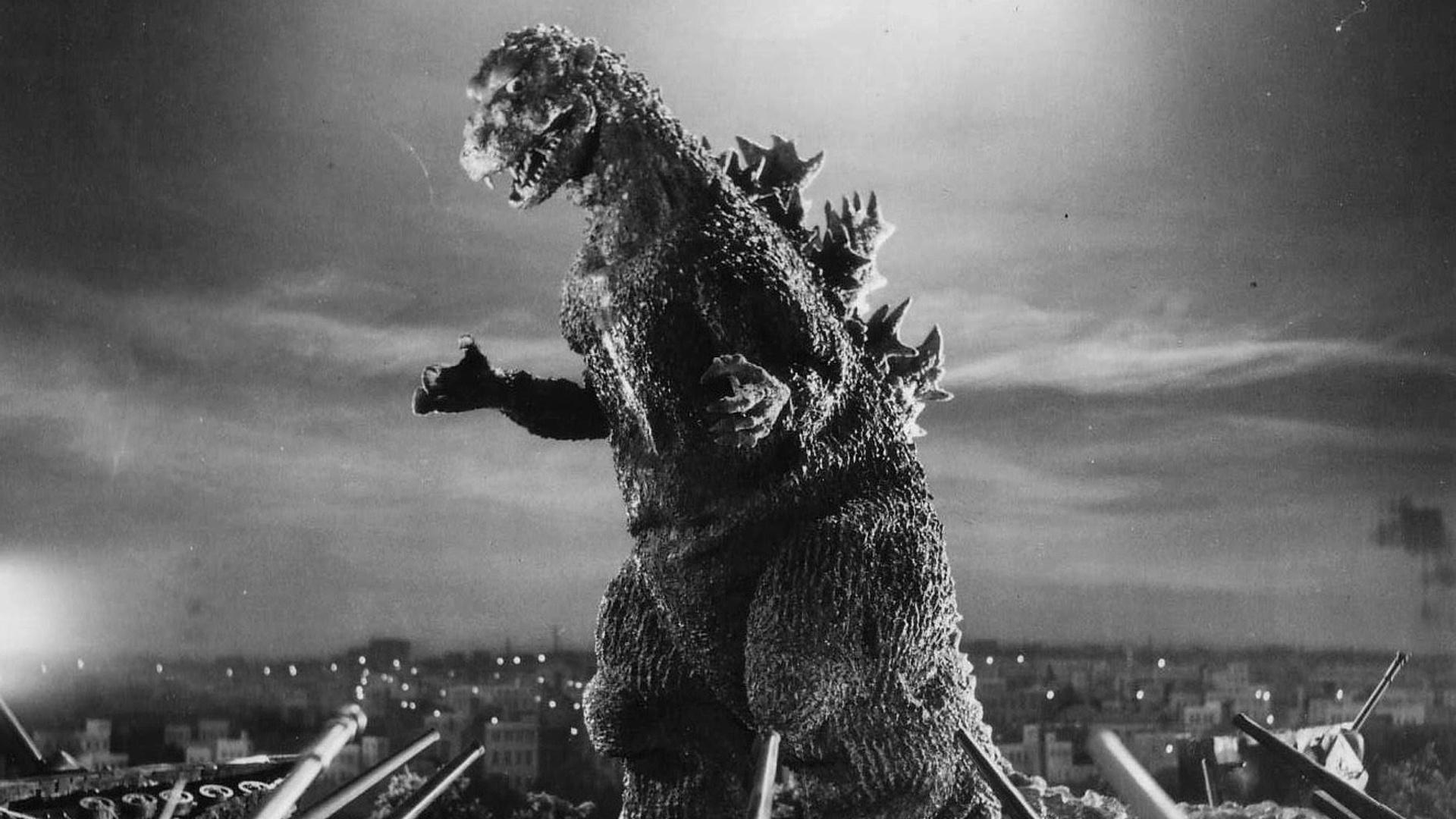
Before we get into the actual retrospective review, we have to give a little backstory on Goji’s history in America. After Toho released the original film, Godzilla (1954), American producers attempted to import the film for American audiences, bastardizing the original film with the release of Godzilla, King of the Monsters!.
RELATED: GODZILLA MINUS ONE MINUS COLOR Delivers New Version of Smash Hit in B&W on Jan. 26
The American reproduction of Toho’s film included redubbing the dialogue from Japanese to American, changing the story to include Raymond Burr (Alfred Hitchcock’s “Rear Window”) as an American reporter in new footage shot for the film. Despite the obvious disrespect for the original film, this version of Godzilla was essentially what American audiences were used to seeing for many, many years.
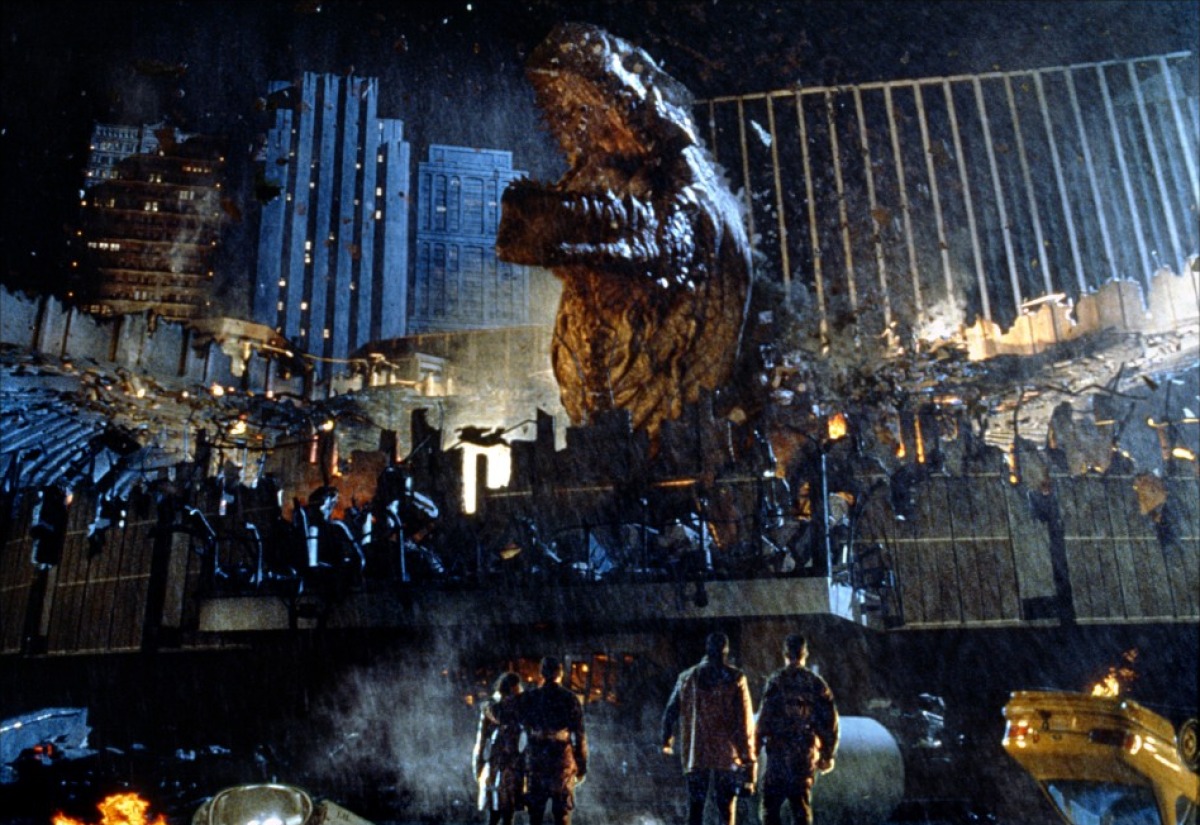
That was until 1998 when Roland Emmerich, best known at the time for directing the 1996 masterpiece Independence Day, released a truly horrifying take on the beloved killing machine with Godzilla (1998). American audiences will remember just how horrible this film was, with the majority of the film feeling like a “The Lost World: Jurassic Park” rehash as a creature barely resembling Godzilla destroyed New York, even including baby Zillas reminiscent of the Velociraptors.
The movie bombed, Emmerich disowned it (going so far as to state he was never a fan of Godzilla prior to making the movie), and for years Americans were left to rewatch the mediocre redubbing of the classic Toho films. That was until Legendary and Warner Bros. greenlit Godzilla (2014).
Recapping “Godzilla (2014)”
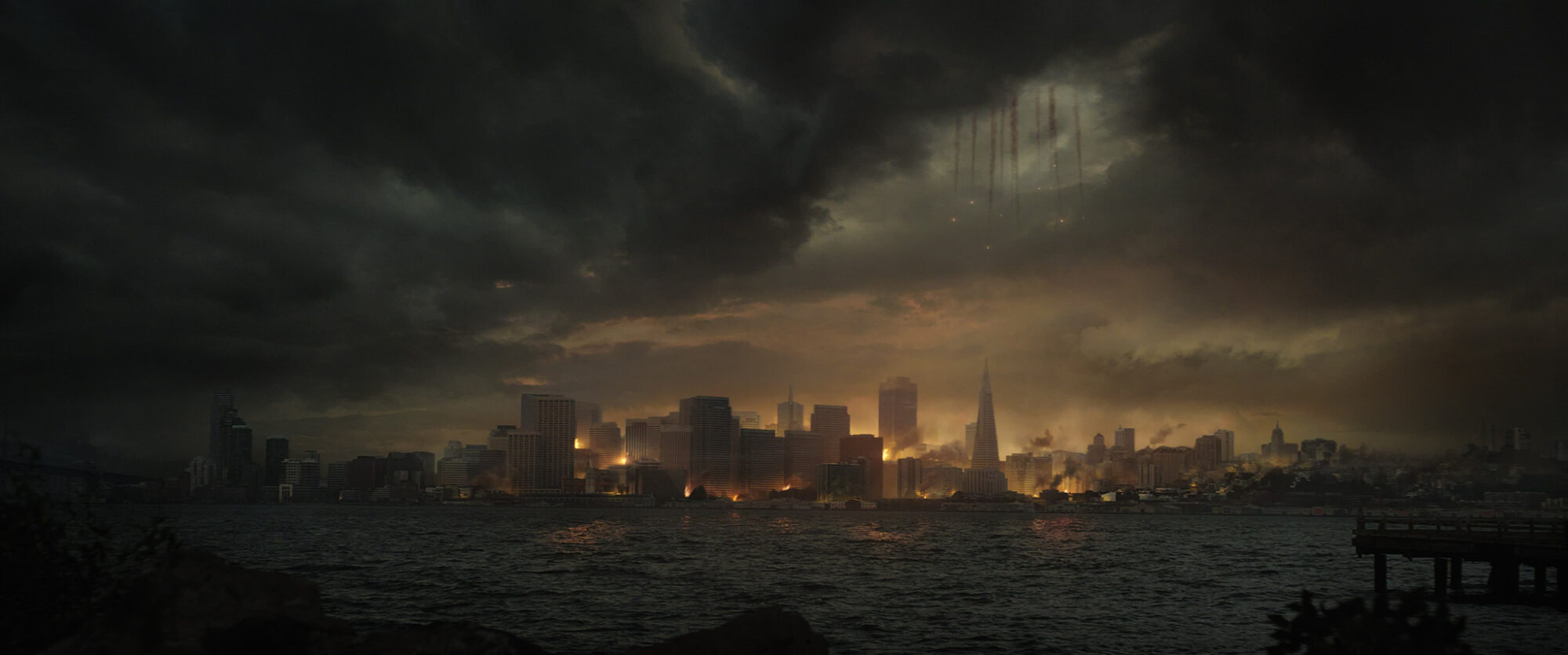
Godzilla (2014) kicks off with a bang (literally) as we are introduced to the two human character arcs with Monarch Scientists Dr. Ishiro Serizawa (Ken Watanabe) and Dr. Vivienne Graham (Sally Hawkins) investigate a site in the Philippines where they find a monster egg. All the while Nuclear Engineer Joe Brody (Bryan Cranston), his wife Sandra (Juliette Binoche), and his son Ford (CJ Adams as a child, Aaron Taylor-Johnson as an adult) are caught in the destruction of a Japanese power plant by an unknown monster.
READ MORE: GODZILLA (1954) vs. SHIN GODZILLA vs. GODZILLA MINUS ONE: The Battle for the Greatest GODZILLA Movie
Ten years later, Ford and Joe reunite to investigate the disaster area. Ford has gone on to have a family of his own, with his wife Elle (Elizabeth Olsen) and son Sam (Carson Bolde) waiting for his return in San Francisco. Upon investigating, they learn of the existence of Massive Unidentified Terrestrial Organisms (MUTOs) when the one that destroyed the power plant ten years earlier awakens and subsequently kills Joe.

Now a race against time, Ford attempts to return home before the MUTO can unite with it’s mate and begin to destroy the world. Meanwhile, the MUTOs are slowed down by encounters with Godzilla, who combats them in Hawaii and eventually San Francisco, leading to an epic showdown as Ford, who had spent time as an Explosive Ordinance Disposal (EOD) Lieutenant in the U.S. Army, attempts to disarm the nuclear warhead that the US Government sent to destroy all monsters.
The film ends with both MUTOs killed, Godzilla returning to the sea, and Ford reuniting with his family as the world reacts to the existence of Titans.
The Good
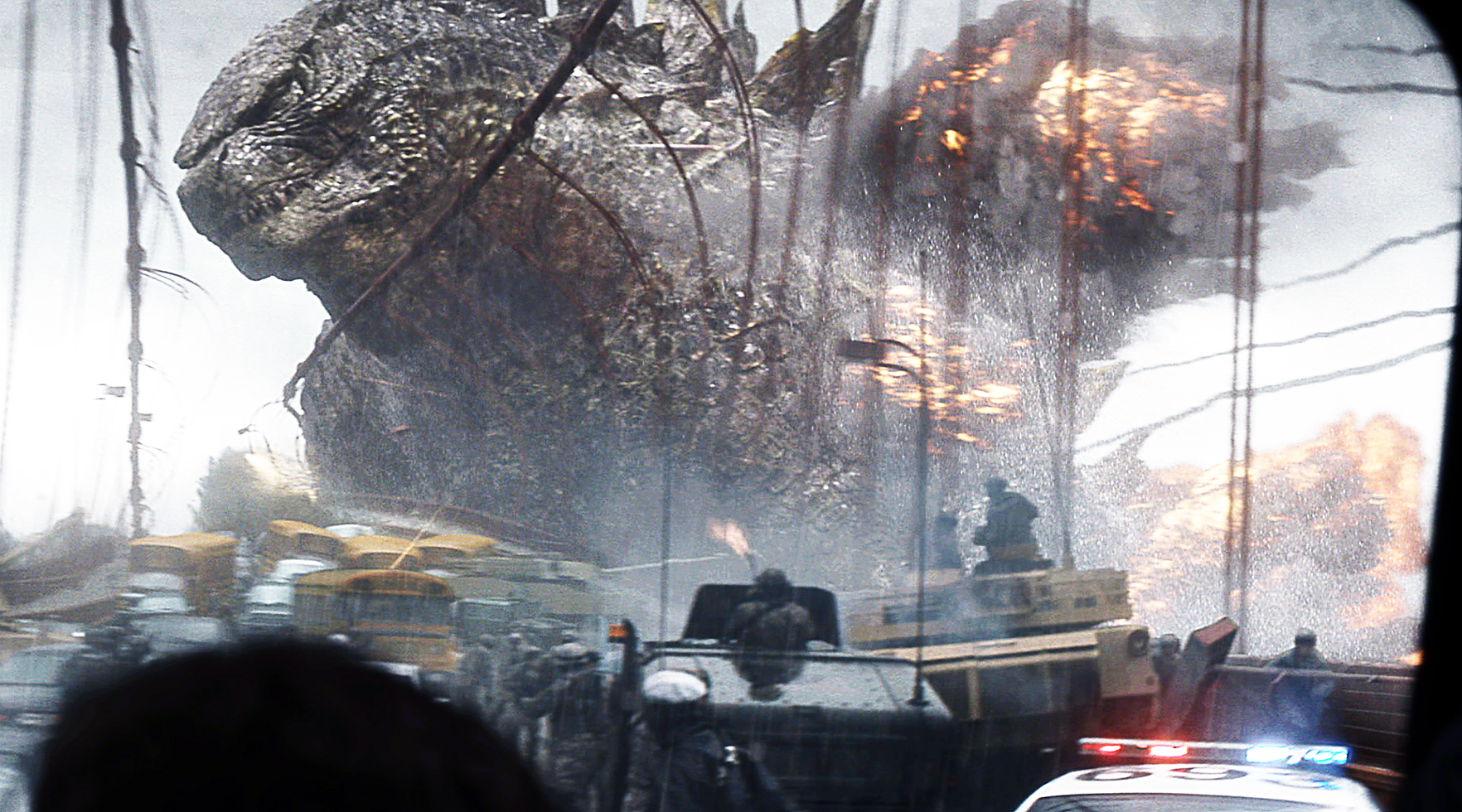
Godzilla (2014)’s story is an interesting one, deciding primarily to focus on the scale between human and monster. Throughout most of the film, the cinematography by Seamus McGarvey accurately shows most of the monsters from the human perspective rather than the monster’s, adding to the power of the storytelling and dangers the humans face.
RELATED: Godzilla x Kong: The New Empire First Trailer Breakdown Reveals Huge Monster Mayhem
The designs of the monsters are genuinely amazing. Godzilla no longer looks like a Goth Dinosaur and more faithful to his Toho counterpart, not the least of which due to Toho’s insistence on ensuring accuracy and assistance to ensure that Godzilla (2014) paints their fire lizard in the right way.
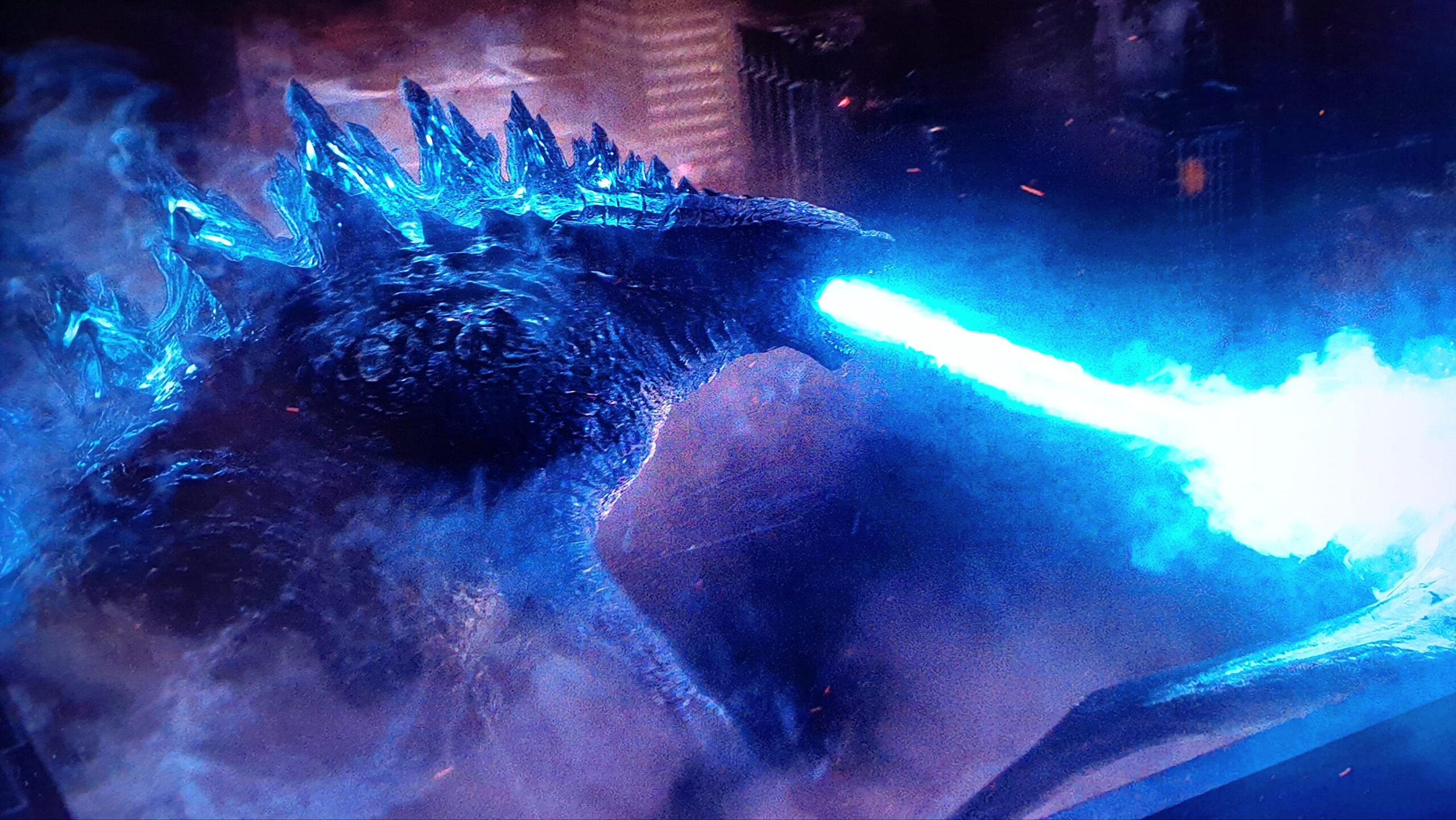
The MUTOs are interesting new monsters, both with unique designs and fitting opponents for Godzilla. Throughout the film, each of the MUTOs fares well against Goji, with Goji taking a lot of damage. The fights are spectacular and beautiful, with the reveal of Godzilla’s ultimate weapon, the Atomic Breath, being one of the highlights of the film.
The Bad

However, the film has a lot more running against it. Despite the film’s brilliant use of cinematography to show the human perspective of the monster fights, they don’t stick the landing when telling the human story. Bryan Cranston, who was featured heavily in marketing material in large part due to his role as Walter White in AMC’s Breaking Bad, dies at the end of the first act, and not even to Godzilla. Which leaves the rest of the film following Aaron Taylor-Johnson’s character, which many call his performance flat and wooden.
RELATED: GODZILLA (1998) Digital Remaster Review
Okay, so the human story doesn’t work very well. It’s a monster movie! Human characters always stink! The monsters will save it, right? Well, not really. Despite the screen time dedicated towards showing the fights between Godzilla and the MUTOs, Gareth Edwards took an approach similar to Jaws, where Godzilla is continuously teased with minor appearances before the film cuts away from the action.
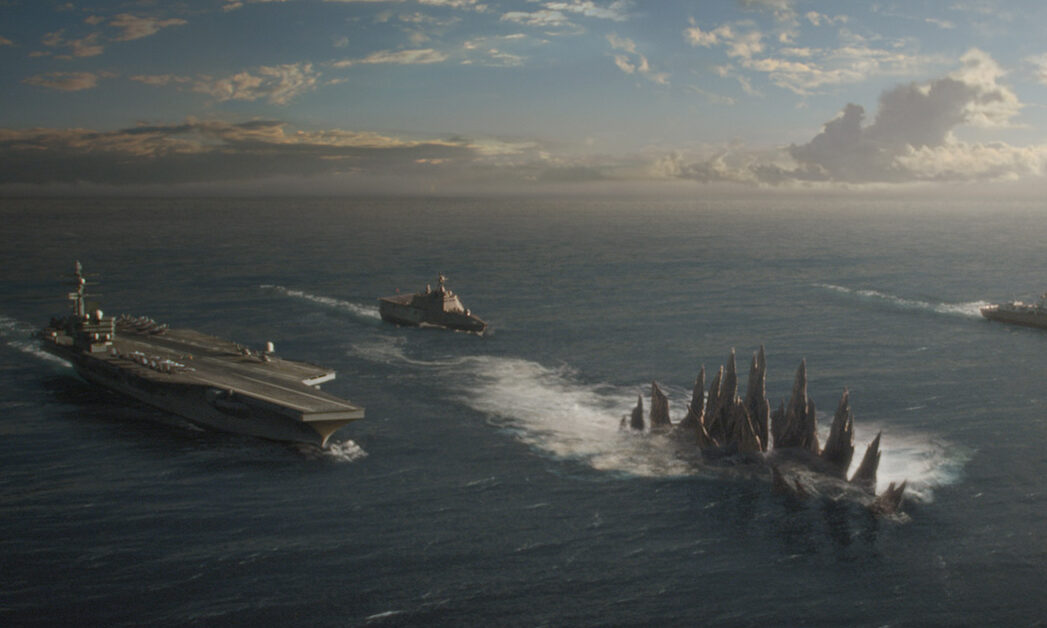
The climatic fights at the end are epic, though they are hardly the focus of the film, with the focus more so on the human characters rather than the monsters we want to see fight. Even when the fights are on screen, the lighting on these already rather dark monsters makes seeing the action that much harder, with the film’s lighting so dark that you can’t see anything. Hell, most of the fans cheered for Godzilla’s Atomic Breath not just because it looked cool, but because for brief moments we could see the action.
How does it hold up?
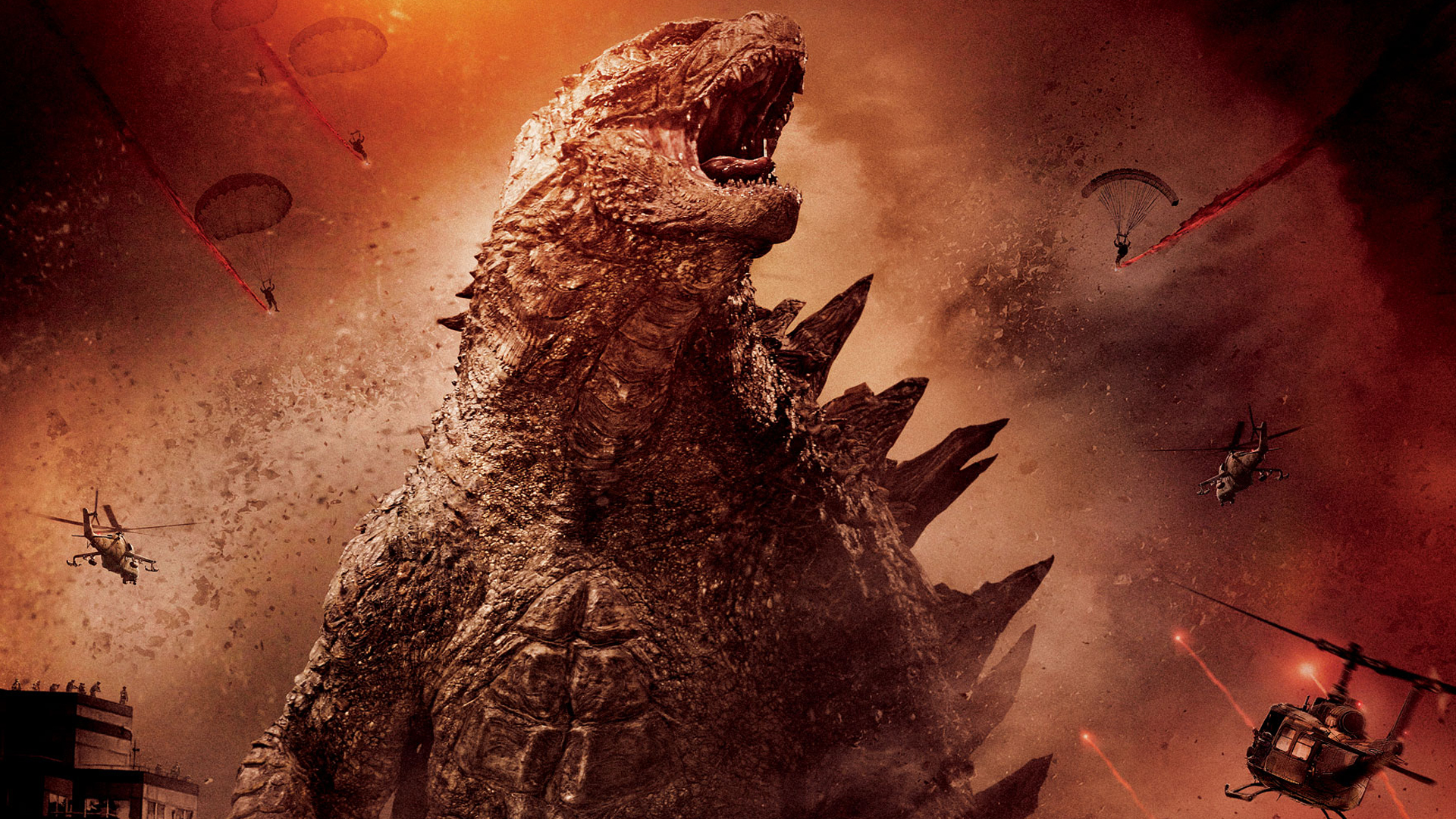
Godzilla (2014) is an infinitely better film than the 1998 depiction of the character, and it brought Godzilla back into the cultural zeitgeist enough that Toho began production on new Godzilla films, leading to two of the character’s greatest outings in cinema history with Shin Godzilla and Godzilla: Minus One. The film launched Legendary’s MonsterVerse, bringing in even more fans into the American iteration of Godzilla than ever before.
RELATED: ‘Monarch Legacy of Monsters’: An Incredible Reintroduction to The Monsterverse
While the MonsterVerse has steered away from the more grounded approach to Godzilla that Gareth Edwards provided in 2014, it is still considered one of the best modern multi-media franchises. Godzilla vs. Kong revitalized cinema following the COVID-19 Pandemic and provided three truly epic battles between the titular titans.
Godzilla (2014) definitely continues to hold up, though don’t fool yourself thinking it’s a truly great film. Despite its downsides, it is still quite an enjoyable film for fans of the franchise, even if Godzilla: Minus One does a better job at telling a quite similar story.
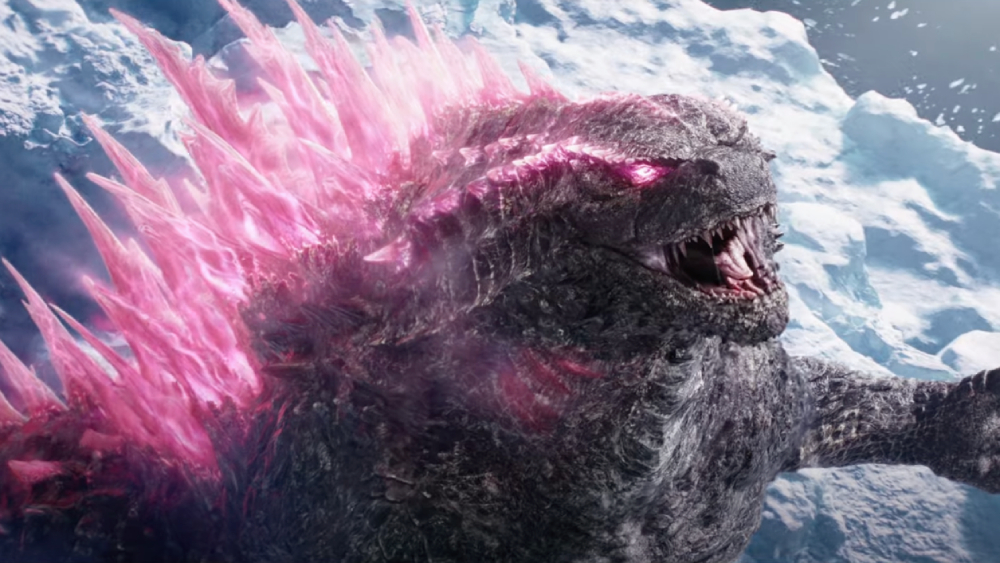
Fans of the Godzilla franchise can look forward to the rest of this year, as the MonsterVerse continues its reign this March with Godzilla x Kong: The New Empire. And fans of the Toho version can continue to watch Godzilla: Minus One as the film rereleases on January 26th for one final week as a black and white film, in reference to Godzilla (1954) as it ends it’s record breaking and Academy Award Nominated run.
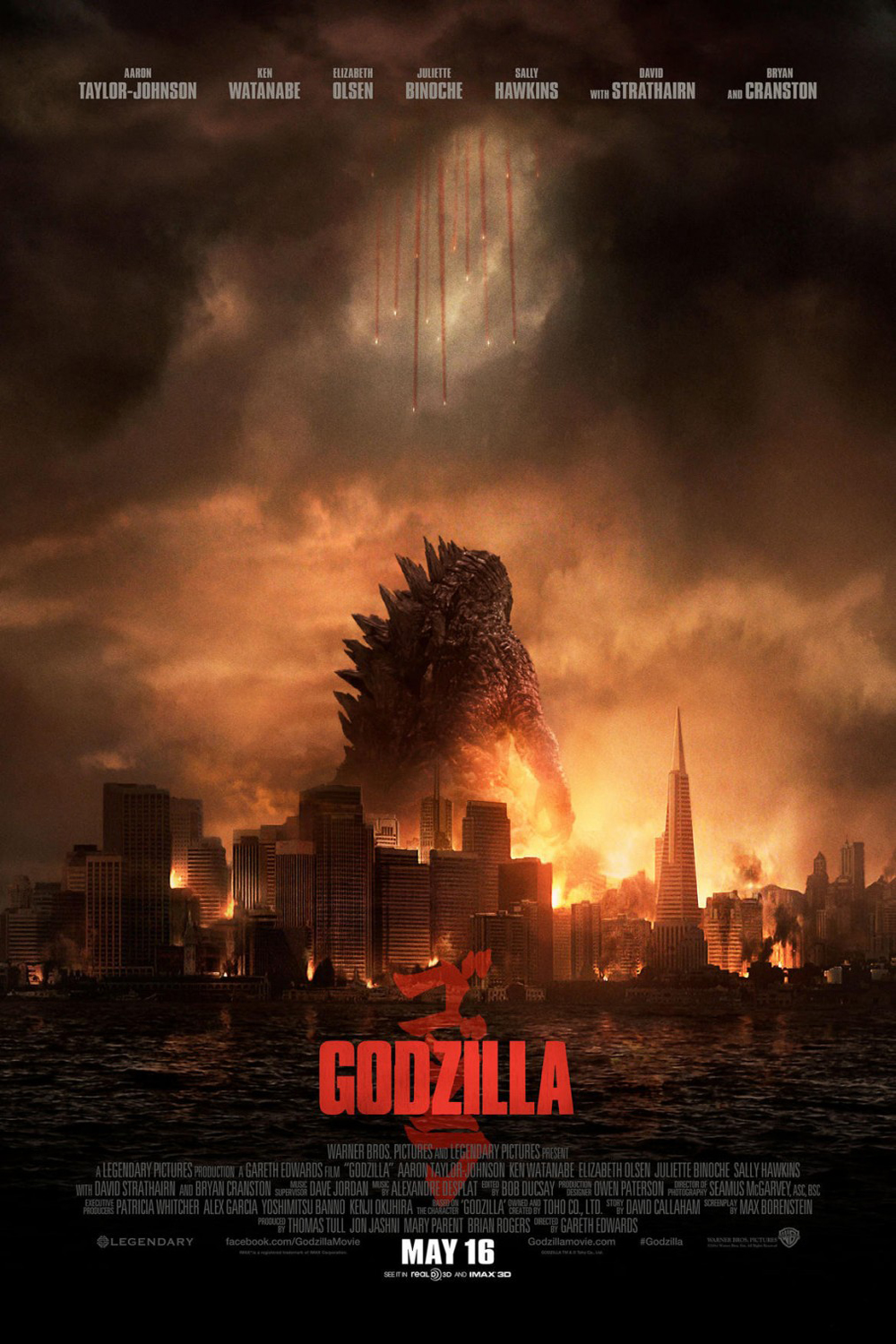
Release Date: May 16, 2014
Director: Gareth Edwards
Production: Legendary Pictures
Distribution: Warner Bros. Pictures
Cast: Aaron Taylor-Johnson, Ken Watanabe, Elizabeth Olsen, Juliette Binoche, Sally Hawkins, David Strathairn, Bryan Cransonton.
Logline: A story of human courage and reconciliation in the face of titanic forces of nature, GODZILLA pits the world’s most famous monster against malevolent creatures that, bolstered by humanity’s scientific arrogance, threaten our very existence.
For more news on the future of the MonsterVerse and Toho’s Kaiju franchise, stick to The Illuminerdi on X (formerly Twitter) by following us @The_Illuminerdi.
KEEP READING: JURASSIC WORLD Is Far From Extinct: The Film Franchise Continues With David Koepp Writing New Script


